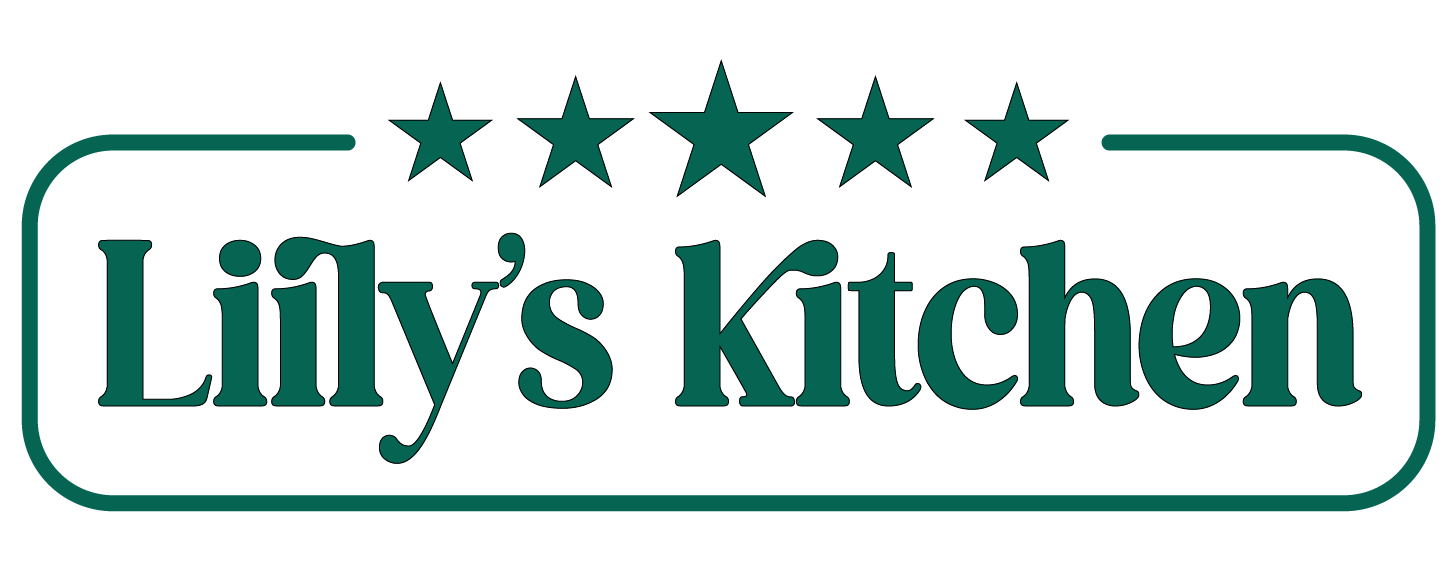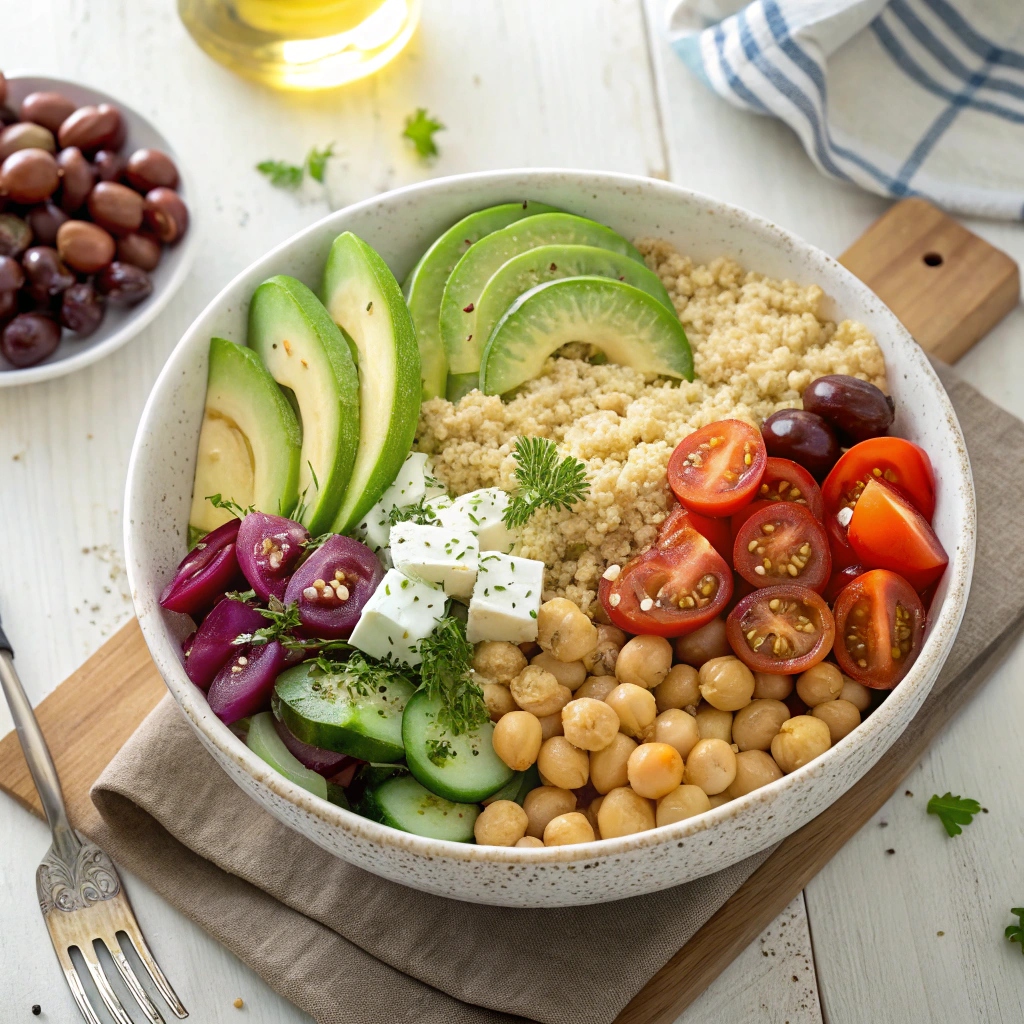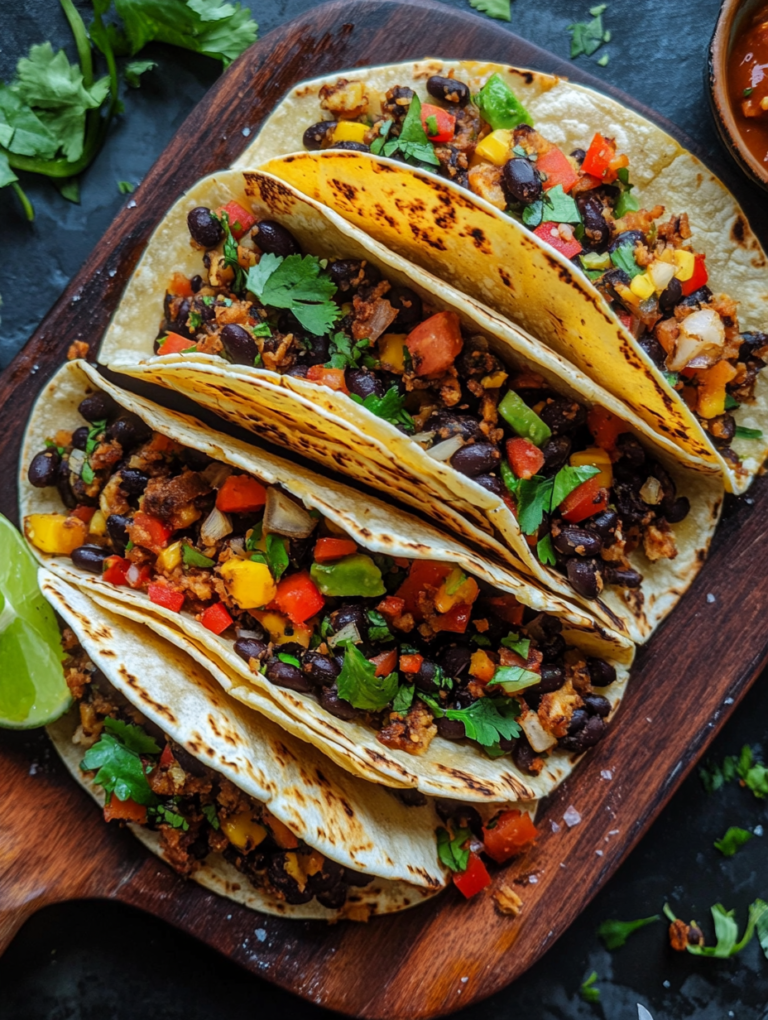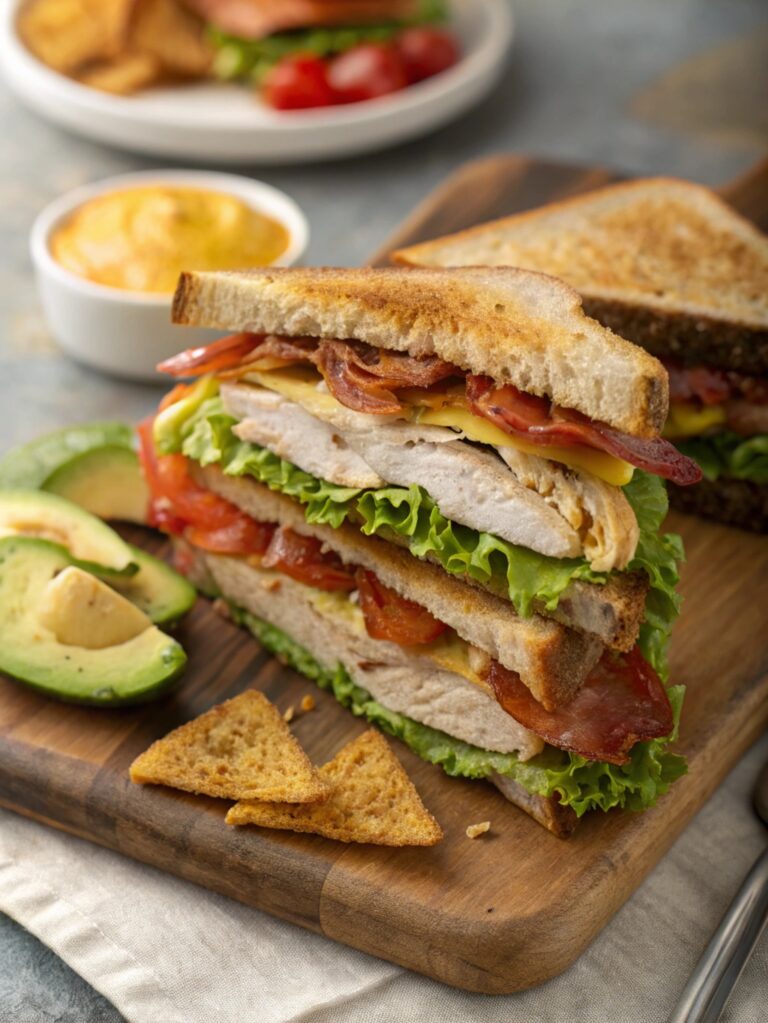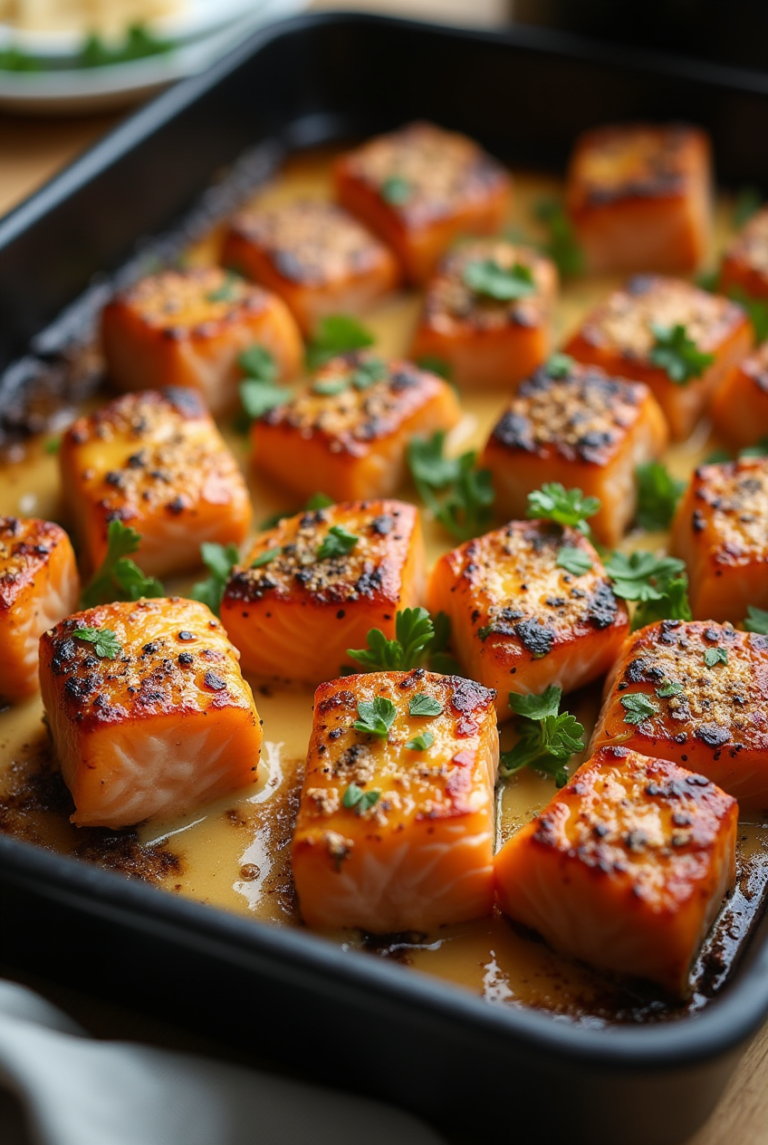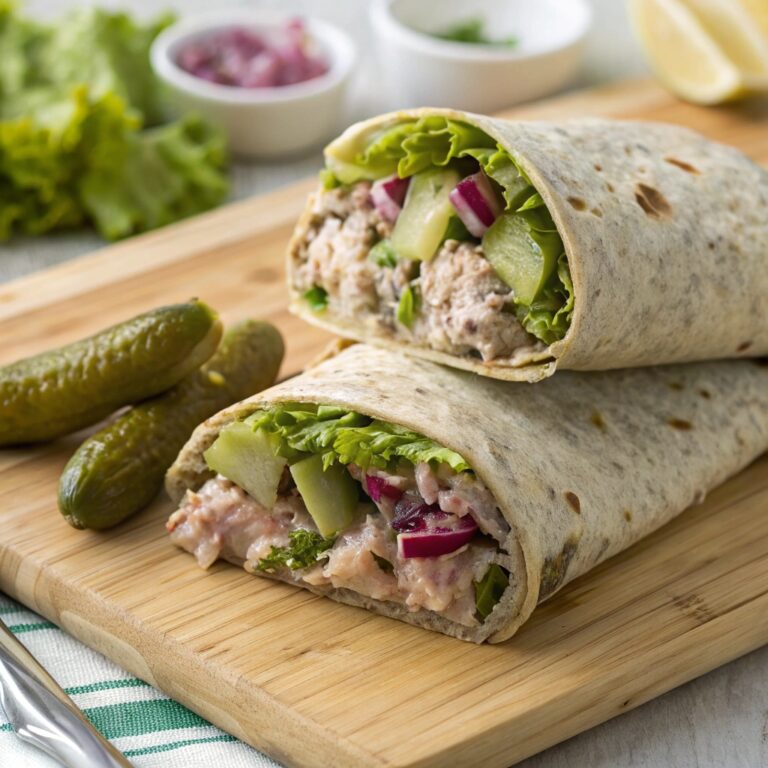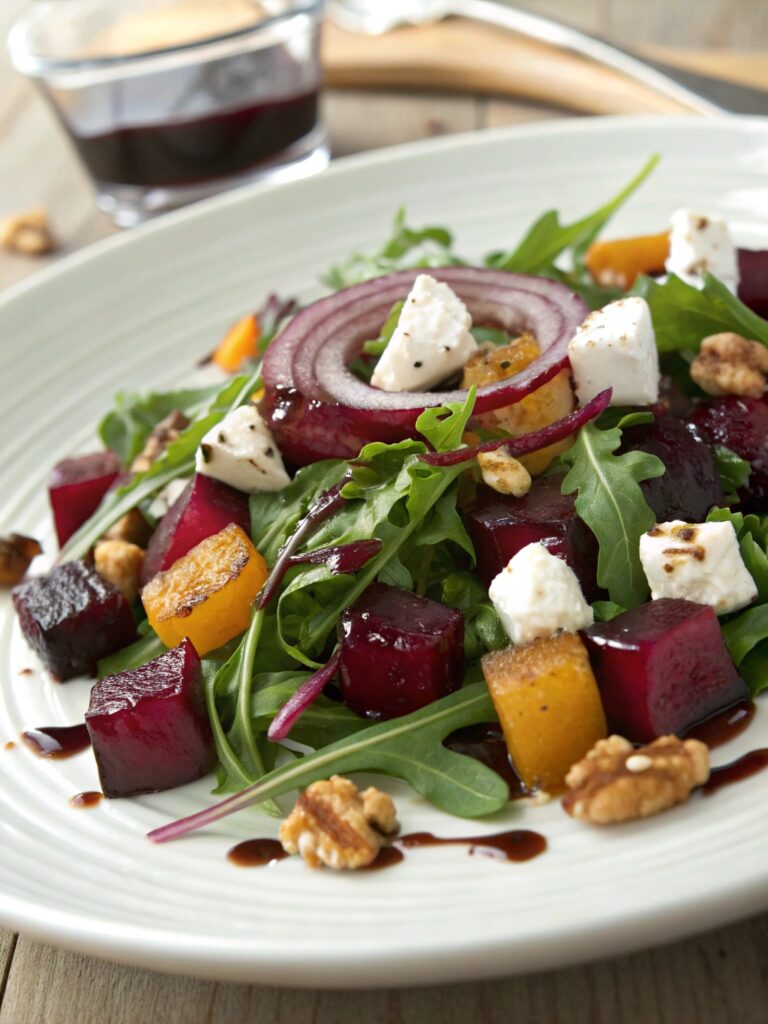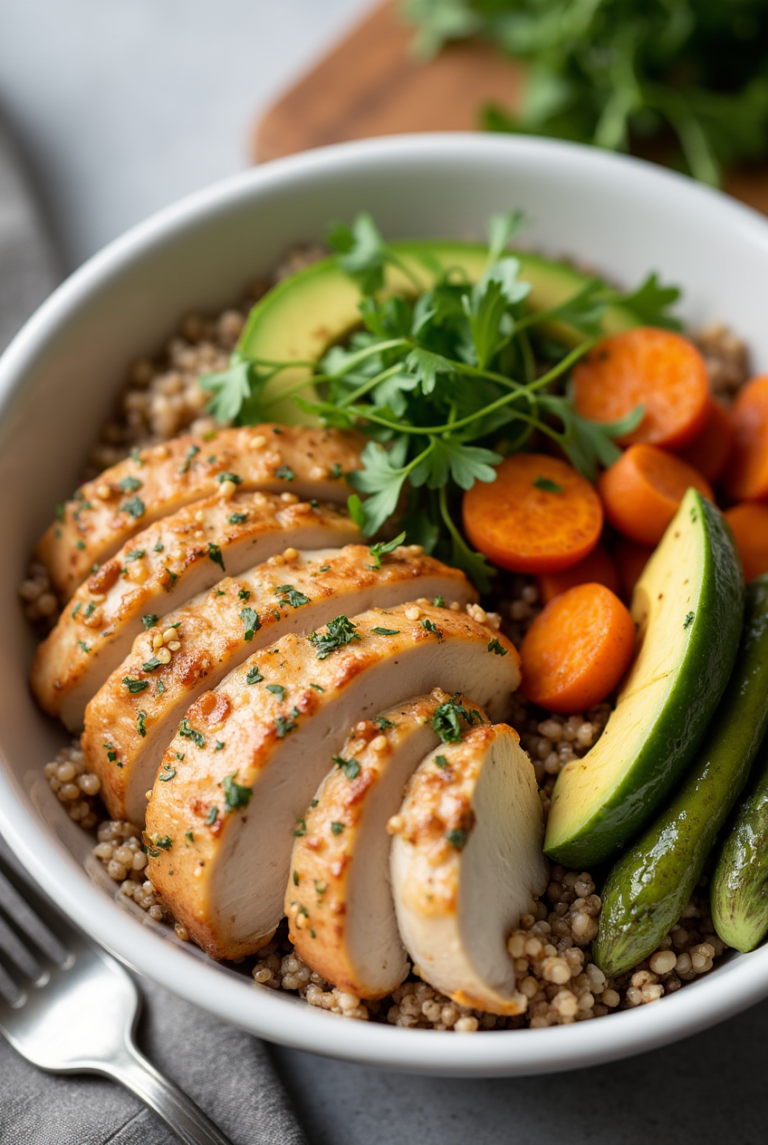Nutrient-Dense Superfood Lunch Bowl: 7 Tasty Ideas
Introduction
Did you know that 68% of Americans skip lunch at least once a week, despite research showing that nutrient-dense midday meals can boost afternoon productivity by up to 31%? Creating a Nutrient-Dense Superfood Lunch Bowl doesn’t just satisfy hunger, it strategically fuels your body with essential nutrients that sustain energy, enhance focus, and support overall wellbeing. These versatile superfood bowls combine powerful ingredients like leafy greens, whole grains, lean proteins, and antioxidant-rich toppings to create a complete meal that’s as nourishing as it is delicious. Whether you’re meal prepping for a busy workweek or looking to elevate your healthy eating routine, these seven superfood lunch bowl ideas will transform your midday meal experience.
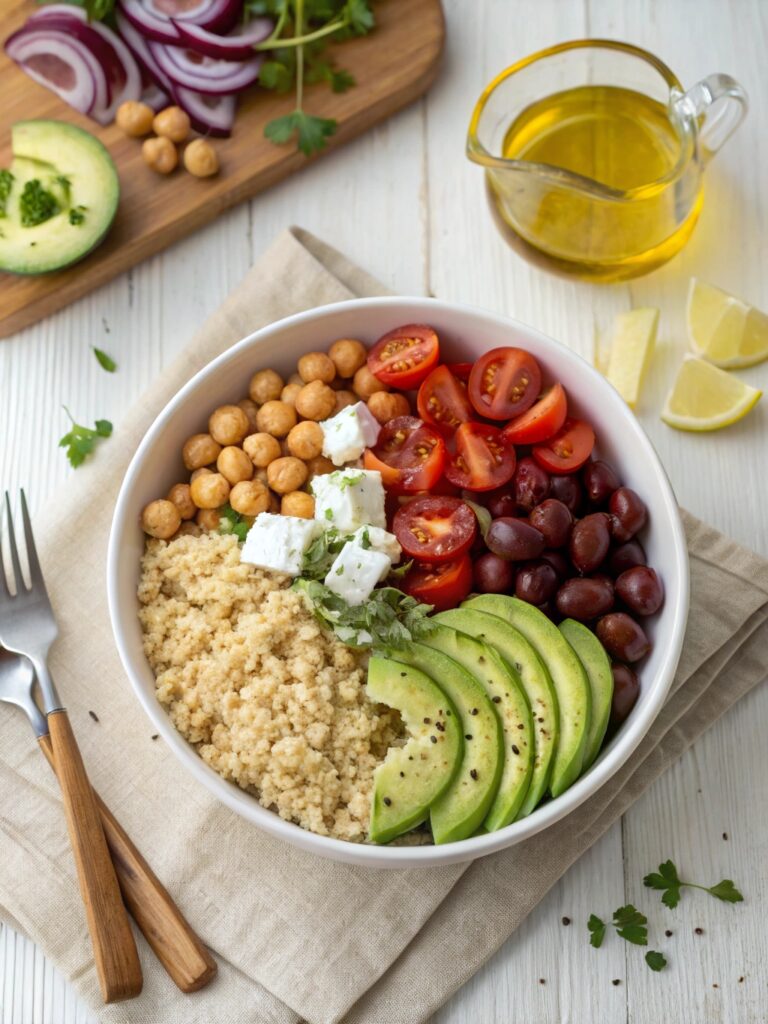
Table of Contents
Why is it Perfect for You?
🔹 Customizable to fit any dietary preference or restriction while maintaining nutritional integrity.
🔹 Portable and convenient for busy professionals, students, or parents on the go.
🔹 Combines multiple superfoods in one dish for maximum nutritional impact with minimal effort.
🔹 Cost-effective alternative to takeout lunches, saving an average of $1,500 annually.
🔹 Offers balanced macronutrients to prevent afternoon energy crashes and support sustained focus.
🔹 Visually appealing and Instagram-worthy, making healthy eating more enjoyable.
🔹 Reduces food waste by utilizing leftover ingredients in creative combinations.
Ingredients List
For Mediterranean Quinoa Bowl:
1 cup cooked quinoa
¼ cup chickpeas, rinsed and drained
½ avocado, sliced
¼ cup cherry tomatoes, halved
¼ cucumber, diced
2 tablespoons olives, sliced
1 tablespoon feta cheese (substitute nutritional yeast for vegan option)
Fresh herbs (parsley, mint)
1 tablespoon extra virgin olive oil
½ lemon, juiced
Salt and pepper to taste
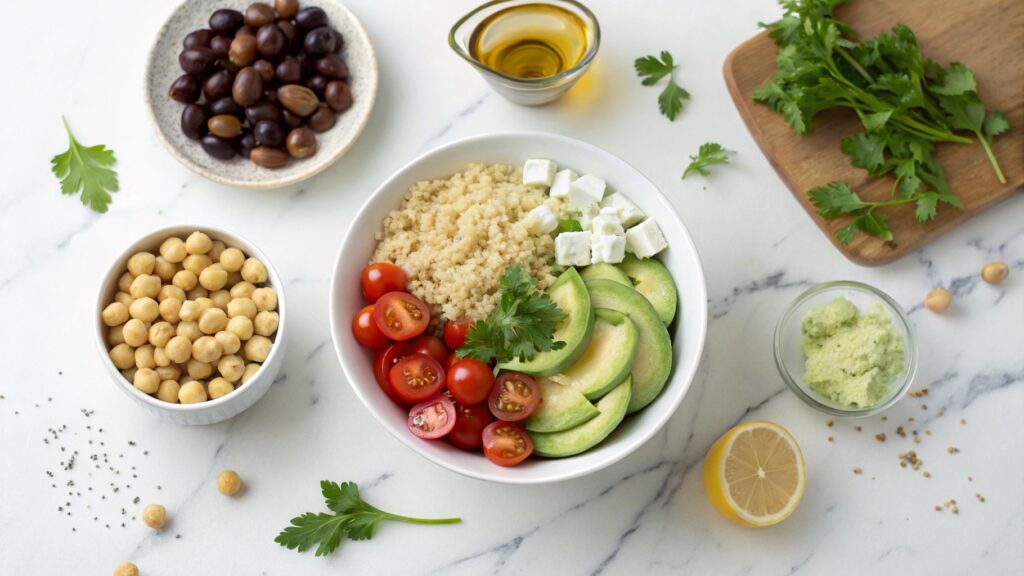
Preparation Time and Servings
- Preparation Time: 15 minutes
- Cooking Time: 20 minutes (for quinoa)
- Total Time: 35 minutes
- Servings: 1 generous bowl
- Meal Prep Friendly: Yes, components can be prepared up to 3 days ahead
These superfood lunch bowls can be assembled 30% faster than most homemade lunches while delivering significantly more nutrients. Perfect for busy professionals seeking quick, healthy options!
Step-by-Step Instructions
Step 1: Prepare Your Base
Cook your chosen grain according to package instructions. For quinoa, rinse thoroughly before cooking in a 1:2 ratio with water for approximately 15–20 minutes until fluffy. A rice cooker works wonderfully for hands-off preparation while you tackle other components.
Step 2: Prep Your Protein
If using animal protein like grilled chicken or salmon, season simply with salt, pepper, and herbs. For plant-based options, drain and rinse chickpeas or quickly sauté tofu with a pinch of turmeric and garlic powder for anti-inflammatory benefits and enhanced flavor.
Step 3: Chop Fresh Ingredients
Dice your vegetables into bite-sized pieces for easy eating. Pro tip: cut harder vegetables (carrots, beets) smaller than softer ones (avocado, tomatoes) for textural balance and even distribution of flavors throughout the bowl.
Step 4: Create Your Dressing
Whisk together olive oil, lemon juice, a touch of mustard, and your chosen herbs. Incorporate a small amount of tahini or Greek yogurt for creaminess without excess calories. The fat in your dressing actually helps absorb fat-soluble vitamins from your vegetables!
Step 5: Assemble Your Bowl
Start with the grain base, arrange proteins and vegetables in sections for visual appeal, drizzle with dressing, and top with seeds, nuts, or microgreens for added nutrition and crunch.
Nutritional Information
Each Mediterranean Quinoa Bowl contains approximately:
• Protein: 15g
• Fiber: 12g
• Healthy fats: 18g
• Vitamins: 35% daily vitamin C, 25% vitamin A, 15% calcium, 20% iron
• Antioxidants: High levels from berries, dark leafy greens, and colorful vegetables
Calories per Person
| Component | Calories | Percentage of Bowl |
|---|---|---|
| Quinoa base | 222 | 40% |
| Protein source | 120-180 | 25% |
| Vegetables/Fruits | 75-100 | 20% |
| Healthy fats | 100-120 | 15% |
| Total | 517-622 | 100% |
This nutrient-dense superfood lunch bowl provides optimal calories for sustained energy without heaviness, with a perfect balance of slow-releasing carbohydrates, lean proteins, and healthy fats.
Healthier Alternatives for the Recipe
For lower-carb options, substitute cauliflower rice or shredded cabbage for the grain base, reducing calories by approximately 150 while adding additional fiber and nutrients. If watching sodium, replace olives and feta with fresh herbs and a squeeze of lemon for brightness. Those monitoring fat intake can reduce avocado portion to ¼ and increase protein content slightly. For added sweetness without refined sugar, incorporate roasted sweet potato cubes or a small portion of seasonal fruit.
Serving Suggestions
Enhance your superfood lunch bowl experience by serving with a side of fermented foods like kimchi or sauerkraut to support gut health and add complexity to flavors. For presentation, serve in a wide, shallow bowl that showcases the colorful ingredients. Consider warming the grain base while keeping toppings cool for a pleasant temperature contrast. When entertaining, create a “bowl bar” with multiple base, protein, and topping options for a personalized interactive dining experience.

Common Mistakes to Avoid
🔸 Overdressing the bowl, which can make ingredients soggy and add unnecessary calories.
🔸 Preparing too far in advance without separating wet and dry ingredients, compromising texture.
🔸 Under-seasoning grains and proteins, resulting in a bland foundation despite flavorful toppings.
🔸 Imbalanced macronutrient ratios that may lead to afternoon energy crashes.
🔸 Using too many competing flavors instead of complementary ingredients that enhance each other.
🔸 Forgetting textural contrast, which is essential for satisfaction and fullness cues.
🔸 Overlooking the importance of healthy fats, which are crucial for nutrient absorption.
Storing Tips for the Recipe
For optimal meal prep, store components separately in glass containers, with grain bases and proteins at the bottom and more delicate ingredients on top. Keep dressings in separate small containers to add just before eating. Most components will stay fresh for 3–4 days when properly refrigerated at or below 40°F. Avocados should be added fresh daily, or can be preserved with a light brush of lemon juice if absolutely necessary to prepare ahead. When reheating, warm only the grain and protein components to maintain the integrity of fresh vegetables and toppings.
Conclusion
The Nutrient-Dense Superfood Lunch Bowl represents the perfect intersection of convenience, nutrition, and culinary satisfaction. By incorporating these seven versatile ideas into your weekly rotation, you’ll transform your midday meal from an afterthought into an opportunity for nourishment and enjoyment. The beauty of these bowls lies in their adaptability allowing you to honor seasonal ingredients, dietary preferences, and nutritional goals while maintaining exciting flavor profiles. Start with these foundation recipes, and soon you’ll be creating your own signature superfood combinations that fuel your unique lifestyle and health journey. What superfood bowl will you create first?
FAQs
Can I prepare these superfood lunch bowls for the entire week?
Yes, prepare components separately and assemble each morning for maximum freshness. Some ingredients like avocado are best added just before eating.How can I ensure I’m getting adequate protein in a vegetarian superfood bowl?
Combine legumes (chickpeas, lentils) with whole grains to create complete proteins, or incorporate seeds, nuts, and plant-based proteins like tempeh or tofu.Are these lunch bowls suitable for weight management?
Absolutely! These bowls provide balanced nutrition with portion-controlled calories, abundant fiber, and satisfying combinations that help maintain fullness.Can children enjoy these superfood lunch bowls?
These are perfect for children! Consider creating “deconstructed” versions where components are separated for picky eaters, allowing them to explore ingredients individually.How can I add more protein without increasing calories significantly?
Incorporate egg whites, lean poultry, or plant-based options like nutritional yeast or hemp seeds, which add protein with minimal caloric impact.
Contact Us
Contact us at [email protected], and we’ll get back to you as soon as possible.
Share your experience with us
good for a nice dinner
nice
